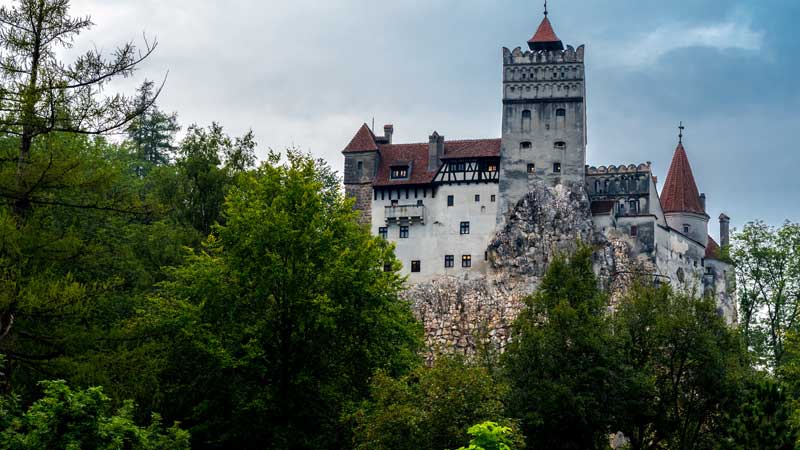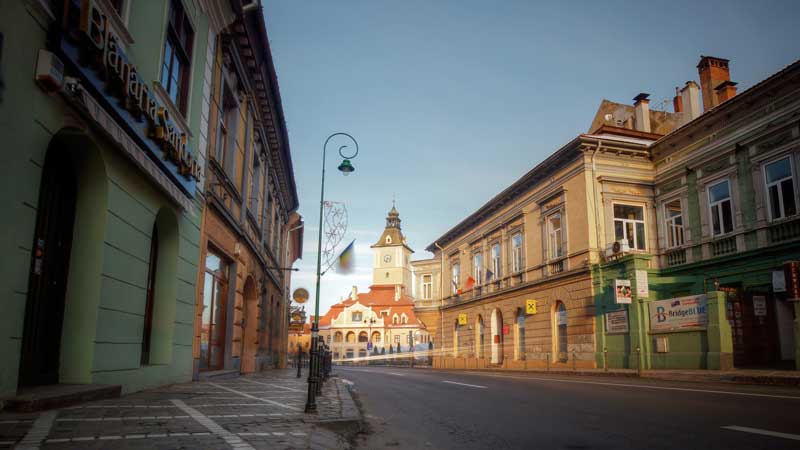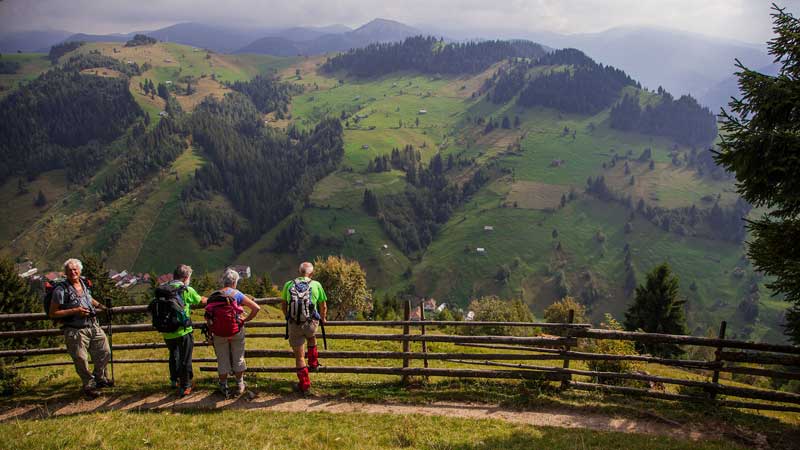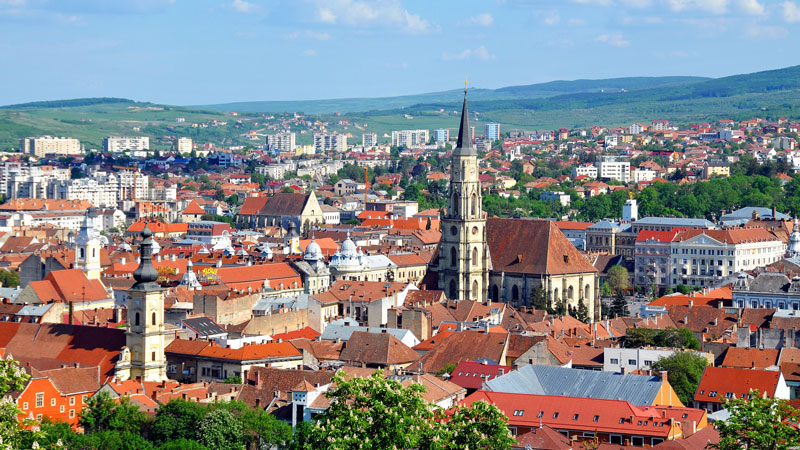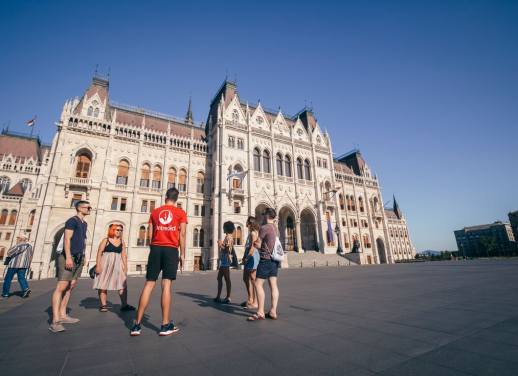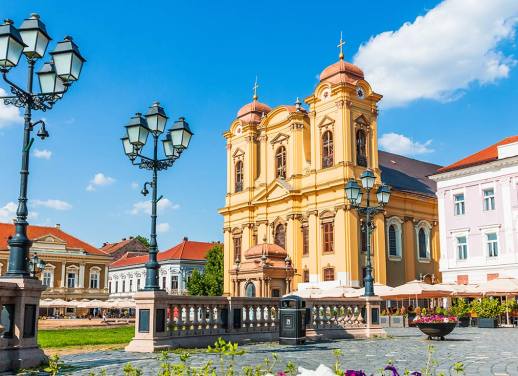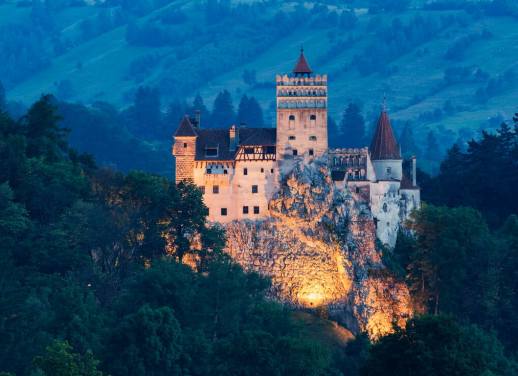Tran-syl-vania. The name itself is enough to send shivers reverberating through the spine, bringing to mind visions of vampires, werewolves, and dark brooding forests you dare not enter. Of course, these associations belong to the world of fantasy and fiction, but what of Transylvania itself? Contrary to popular belief, Transylvania actually does exist, but it’s nothing like what it’s been made out to be.
Instead of lip-smacking plasma guzzlers, hairy mythological creatures with a penchant for human flesh, and foreboding woodlands, this vast swathe of land in central Romania, flanked by the Carpathian Mountains in the east, is actually home to immaculately preserved medieval towns, a dynamic university city, boundless hiking trails, and the largest concentration of bears and wolves in Europe. Here’s a guide on where to go, what to do, and what kind of garlic to buy in Transylvania.
The truth about Dracula
Count Dracula, the fictional character in Bram Stoker’s 1897 novel, was named after the 15th-century Wallachian prince Vlad Tepes (the Impaler) who killed his enemies by skewering them on long spikes. As you do. But because the nobleman was also associated with the medieval Crusader Order of the Dragon, the prince was popularly referred to as Vlad Dracul – hence the naming of Stoker’s lead character. The rest of Count Dracula’s exploits and behaviour was inspired by the myths and superstitions in ghosts and vampires throughout the region.
Yet despite the fictional foundations of Dracula, ‘vampire tourism’ in Transylvania is now a thing, and no where is this more apparent than at Bran Castle – an easy day trip out from Brasov (see below). This hill-top fortress built in the 14th century is said to have been the inspiration behind Count Dracula’s pad in Stoker’s 1897 vampire novel, leading to its common nickname as ‘Dracula’s Castle.’
 Bearing it all in Brasov
Bearing it all in Brasov
Travelling through Transylvania and not spending time in Brasov would be like travelling to Central Australia and skipping Uluru: totally insane and just wrong. Here an immaculately preserved old town oozes the charm, while the narrow cobblestone lanes (including the narrowest in Eastern Europe) lead you on a medieval treasure hunt past the Black Church (called so because of its blackened walls due to a fire in 1689) and Catherine’s Gate, the last remaining remnant of a city wall built back in 1559. Then there’s gorgeous Mount Tampa, flanking the city to the east, flaunting hiking trails and its own Hollywood-style sign declaring that yes, you are in fact in Brasov – just in case there was any confusion.
To get your bearings, head to the historic heart of the city at Piata Sfatului, a large central square edged with al fresco cafes and pastel-coloured buildings dating back to medieval times. These days an open-air market, in former times the square was the site of dissident beheadings, witch trials, and public humiliations by means of the pillory. Set aside a couple of hours for a free walking tour of the city which radiates out from this central square, and have over 800 years of history distilled, shaken, and served to you by a local guide with a smile – tips are expected. Then visit the Libearty Bear Sanctuary nearby which looks after more than 70 bears liberated from cages and circuses throughout Romania.
The great outdoors
The mere mention of Dracula is enough to send some people running for the hills. But not for outdoor enthusiasts: they were on their way to the mountains in the first place. Almost as criminal as bypassing Brasov, not stepping inside the Piatra Craiului National Park (one hour southwest of Brasov; accessible via public transport) should be punishable by the pillory! Considered to be the most visually spectacular mountain ridge in the the Carpathian Mountains (the ridge appeared as backdrop in the 2003 film Cold Mountain starring Nicole Kidman, Jude Law and Renée Zellweger), the 90,000-acre park offers dozens of hiking trails, including the two-day north-south ridge trail, plus plenty of other outdoor activities.
Climbers will rejoice at the sight of La Om – at 2,238 metres tall, it’s one of Romania’s greatest challenges. And the equine-inclined will gallop with joy at the prospect of horse-riding within the park’s grounds. Piatra Craiului National Park is also home to hundreds of species of flora and fauna, including many large carnivores, such as wolves and brown bears.
Youthful Cluj-Napoca
Youthful, dynamic, and unashamedly bohemian, Cluj-Napoca may play second fiddle to Bucharest in terms of size and political influence, but Romania’s largest student population sets the stage for a city big on intellectual curiosity, artistic expression and late night revelry – right here in Transylvania.
Cluj’s pedestrian-friendly boulevards, baroque architecture, and amazingly helpful locals all conspire to make this a city best explored on foot. A collection of museums (including the National History Museum of Transylvania), medieval churches (such as the gothic St Michael’s Church) and the Alexandru Borza Botanic Gardens can be ticked off during the day. In the evening, follow the students to the city’s cocktail of bars and clubs for a late-night boogie. If you’re looking for a stiff drink, make your way to L’atelier Cafe – a bar literally made out of cardboard – and share a round of palinca (local spirit) with your new mates. Or check out Steampunk, a cool bar dedicated and appropriately furnished in-line with the sci-fi genre.
Want to check out Transylvania? You’ll need one of our Romania small group tours.
Written by Shaun Busuttil – follow more of his adventures here. Feature image c/o Kirandulo, Flickr


